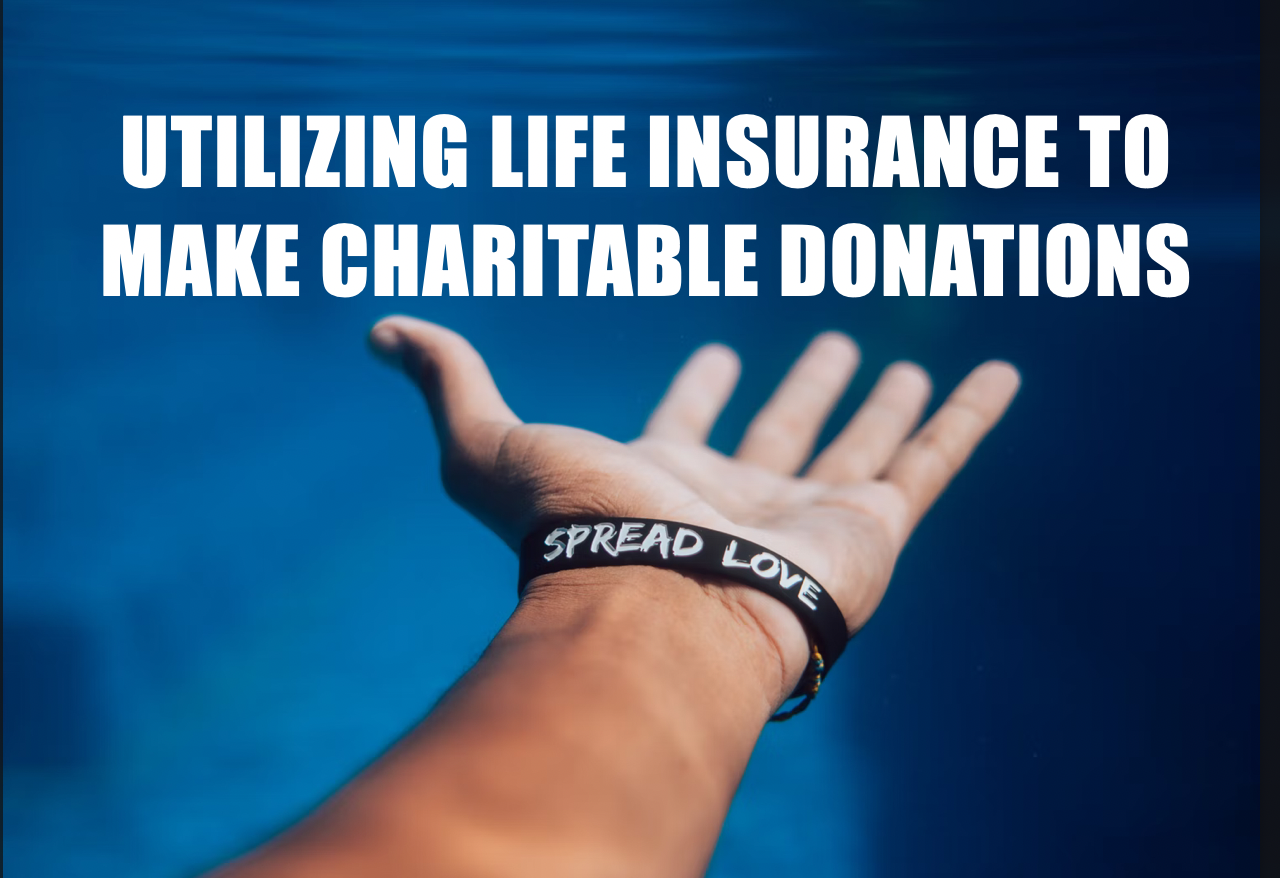Utilizing Life Insurance to make Charitable Donations
Many registered charities, including hospitals and universities, solicit donations of insurance policies from their supporters. The donors get federal and provincial charitable donations tax credit while the organization, which becomes the owner or beneficiary, receives the insured amount assuming, where applicable, premiums continue to be paid.
The federal charitable tax credit is 15% on the first $200 and 33% on any remaining amount. The 33% credit applies only if the individual’s income falls within the highest range of the marginal tax rate. Provincial charitable tax credit rates vary from province to province. These are non-refundable tax credits which reduce tax owed.
Assigning a new insurance policy to a charity
An individual can purchase a life insurance policy for the benefit of a registered charity. In order to obtain a charitable tax credit for the premiums he must assign the policy to the charity, making the charity the owner and beneficiary.
Example:
Heba has been donating $1,000 annually to the alumni fund of the college she attended and receives a tax credit receipt for that amount each year. The president of the college suggested that she consider buying a life insurance policy and assigning it to the college. She agreed and purchased a term-100 life policy with an annual premium of $1,000 and a face amount of $150,000 (Heba is 40 years old and a non-smoker). She assigns the policy to the college and continues to pay the premium for which the university issues a charitable donations tax credit receipt equal to the premium. Assuming Heba does not let the policy lapse, the insurance company will pay $150,000 to the college when she dies.
Assigning an existing policy to a charity
Individuals can donate an existing policy to a registered charity. In such cases the charity can issue a charitable donation tax credit receipt for the cash surrender value (CSV) and additional tax receipts for additional premiums paid. If, however, the cash surrender value (CSV) exceeds the policy’s adjusted cost base (ACB), the policy gain will be taxable as income in the year the policy was donated. In some cases, the fair market value will be used, and the insurer could issue a receipt equivalent to this amount.
Example:
Miguel has a permanent life insurance policy he no longer needs. The market value of the policy is $120,000. He calls the fund-raising office at his local hospital and speaks with the director who informs him that if he assigns the policy to the hospital, he will receive a tax credit receipt for the market value. Furthermore, if he continues to pay the premiums, he will receive tax credit receipts for these.
Naming a charity as beneficiary
A policyholder can name a charity as beneficiary of a policy. However, this may not be the most tax efficient option for the policyholder. First, the charity will not own the policy when this is done (or even know it is the beneficiary) so it cannot issue receipts for the cash surrender value (CSV), if any, or for the premiums paid. It will however issue a receipt to the estate when the policyholder dies, and the benefit is paid.
Example:
Anna reviewed her finances and decided that she no longer needed the benefit from an insurance policy she had purchased decades earlier. She called the issuer who sent her a change of beneficiary form which she completed, changing the beneficiary to a local clinic which is a registered charity. If she continues to pay the premiums to keep the policy in effect and does not change the beneficiary, when she dies the clinic will issue a charitable donation tax receipt to Anna’s estate for the amount of the benefit it receives. Because the charity did not own the policy it could not issue charitable donation tax credit receipts for any of the premiums she paid.


